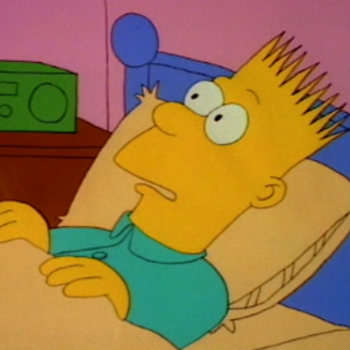How do you solve #-17+ 3y + 7y \geq 19+ 16y#?
2 Answers
-6
Explanation:
Collect the like terms on the left hand side
-17+10y
Take 10y from each side so that you only have y on 1 side
-17
Take 19 from each side
-36
Finally divide each side by 6
-6
Explanation:
Solving an inequality is almost exactly like solving an equality, and for the most part you can treat it as such while solving it, except for one additional rule: whenever you multiply or divide both sides of an inequality by a negative number, you must flip the inequality sign. For example,
The reason this rule arises is because of how the number line works. Observe that if we write
Now we will solve the inequality
So, to begin, we can solve this inequality exactly like solving an equality:
Adding
Now we subtract
Now, to further simplify, we must divide by


